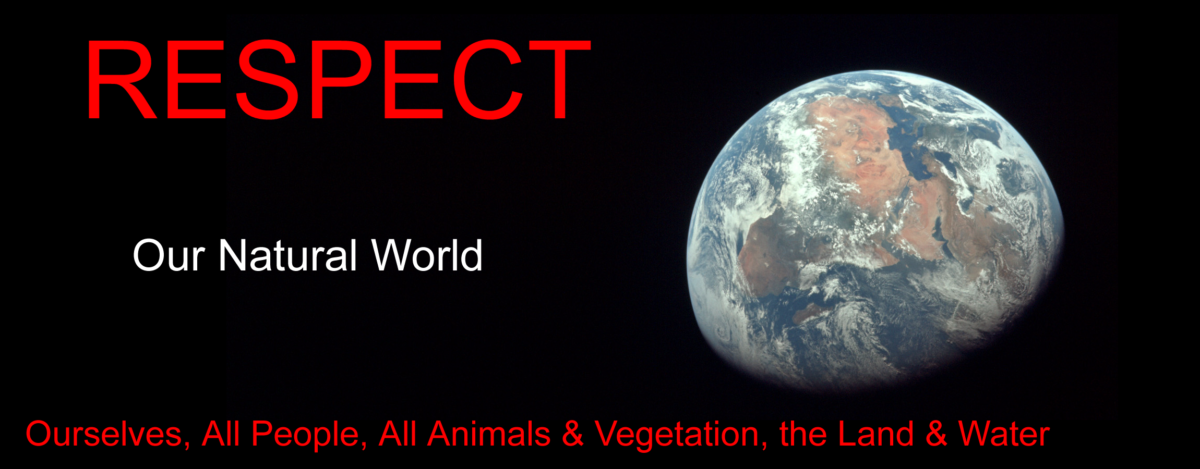
Plastics are the most common form of marine debris. They can come from a variety of land and ocean-based sources; enter the water in many ways; and impact the ocean and Great Lakes. Once in the water, plastic debris never fully biodegrades. Yellow text in the above graphic shows sources of plastic that eventually end up in the ocean. Orange text shows ways that these plastics move into the ocean. Red text provides examples of the harmful impacts of this debris. Reference US Department of Commerce – National Ocean Service
Yesterday – Today – the Future
It is difficult to understand how Plastic would have been approved and released had we known the impact on our environment and ourselves.
Whilst you can understand the development and rise in popularity of its use at the end of WWII in the circumstances that exited at the time the same cannot be said for our continued use without addressing the issues that are now known.
Plastic & Water – a lethal combination
Plastic never completely biodegrades making its accumulation in any environment an issue that must be addressed. In water its impact on the environment is that of a serial killer. As it claims victims, their bodies are returned to the environment however the plastic that caused its death remains to claim new victims. Consider:
- Marine Life are ingesting or being entangled in our waste plastic causing many to suffocate or starve as their stomachs fill up with plastic they have mistaken for food *
- Microplastics have been found in tap water, beer, salt and are present in all samples collected in the world’s oceans. The chemicals used in the production of plastic and others that attach to microplastics accumulates into our food. The transfer of contaminants between marine species and humans through consumption of seafood has been identified as a health hazard, but has not yet been adequately researched. *
- The healthy worlds oceans account for over 1/2 of our oxygen produced everyday **
Where to from here?
The most important decision to be made is to commit to taking an active interest.
- Research some of the many articles that are freely available to obtain opinions. A great number of articles need to be researched and considered on the merit of the author or their allegiance. Have they a vested interest in a particular view.
- Form your own opinion by balancing the research you considered.
- Consider what you can do in your life to assist. The recent events of CoVid-19 and Carbon emission have demonstrated that the world’s issues are not ones we can rely on others to effectively deal with. We must all make an effort to assist no matter how small.
- Do it and tell your family and friends to encourage them to do likewise
My action plan
Much of the research I have used in forming my opinion is referenced in this blog. With 300 million tons of plastic produced every year and 8% ending up in our oceans, I believe we have created too significant an issue to simply look for alternatives to plastic and walk away leaving the stockpile to endanger our way of life.
There needs to be a commitment to research and develop ways to biodegrade plastic both in the future and current stockpiles or alternatively utilise it in new developed products that do not now or in the future create an issue for the environment. I will make every lawfull effort to encourage the development of a strategy to assist.
In addition, I am committed to doing what I can for the health of myself, family, local residents and the environment my commitment includes:
- Reducing my use of plastic (particularly single use) at home with rubbish, storage, cooking/reheating, purchasing – for overall usage I consider alternatives
- On my daily walks (particularly along the foreshores) look for, pickup and put into rubbish discarded pieces of plastic & glass regardless of size
- compost food scraps, lawn clippings etc to provide healthy soils to produce our own vegetables & herbs
- purchase food locally from farmers committed to regenerative agriculture
- when we go to enjoy the outdoors with local takeaway meals we support Surfrider Foundation Australia Ocean Friendly outlets and take our own reusable cutlery
Very happy to share this journey with other like minded individuals to get/provide ideas and encourage others to join
References



